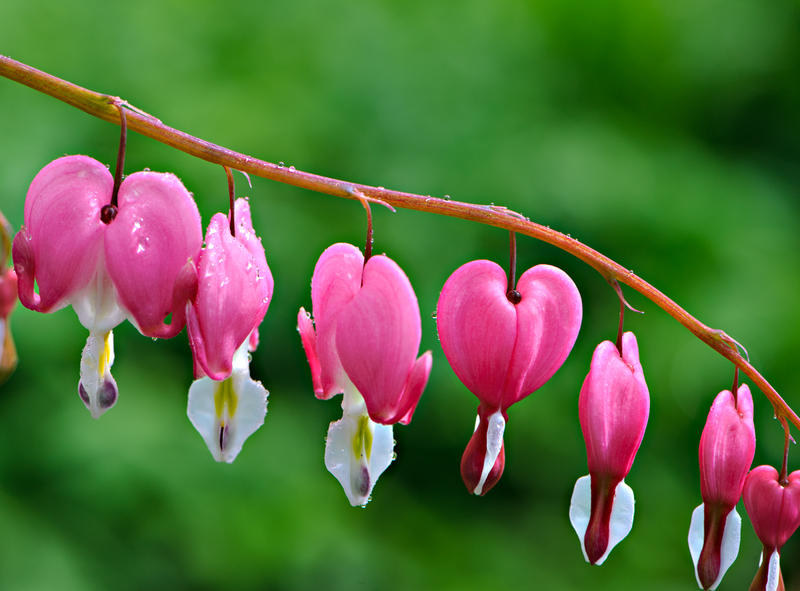When people think of someone who is attracted to something other than the opposite gender, they assume that they aren’t heterosexual. But that term does not truly define all scopes of attraction that a person can hold.
Sexuality refers to a person’s sexual attraction, yet many believe that it defines all areas of one’s gender preference in relationships. It is often confused with romantic orientation, which “describes an individual’s pattern of romantic attraction based on a person’s gender(s) regardless of one’s sexual orientation,” according to the University of North Carolina.
People need to be more aware of the diversity of gender attractions, as they are just as important as gender identity; both define an individual and can alter their social interactions. Flirting with someone who does feel romantically inclined to a certain gender can be just as insulting to them as if they were not sexually attracted to that gender.
Romantic and sexual inclinations are naturally different, as the latter is greatly determined by hormones in the human body, while romantic attractions are decided by personal feelings and preferences.
The idea of sexual identity is often associated with the image of a “complete” relationship that is the combination of romantic and sexual attraction. Naturally after centuries of assuming romance to involve both sexual and romantic feelings, people have a hard time recognizing that they are separate, and happen to be paired with each other. One can have a sexual inclination to a gender, but only form romantic connections with a different gender.
Aesthetic attraction is an example of how gender preference is not limited to the possibility of forming relationships; it is when an individual appreciates the physical appearance of another person, but the attraction itself is unrelated to sexual and romantic preferences. Unlike the tendency of some to focus on the physical look of someone that is sexually appealing to them, this inclination is based upon an individual’s valuing another person’s physical beauty.
Despite society’s ingrained tendency to associate any sort of attraction as sexual, many have found happiness in less intimate relationships or attractions.
There are also many types of relationships that focused on a bond that does not require physical affection, such as a queerplatonic relationship, which is not romantic in nature, but is a deep emotional connection that transcends friendship.
Just as gender identities can be more complicated than simply being distinguished as one gender, preferences for gender in relationships have diverse forms. With more people coming to identify themselves as having different attractions, the idea that there are a diverse amount of gender inclinations needs to be more well-known and acknowledged.


